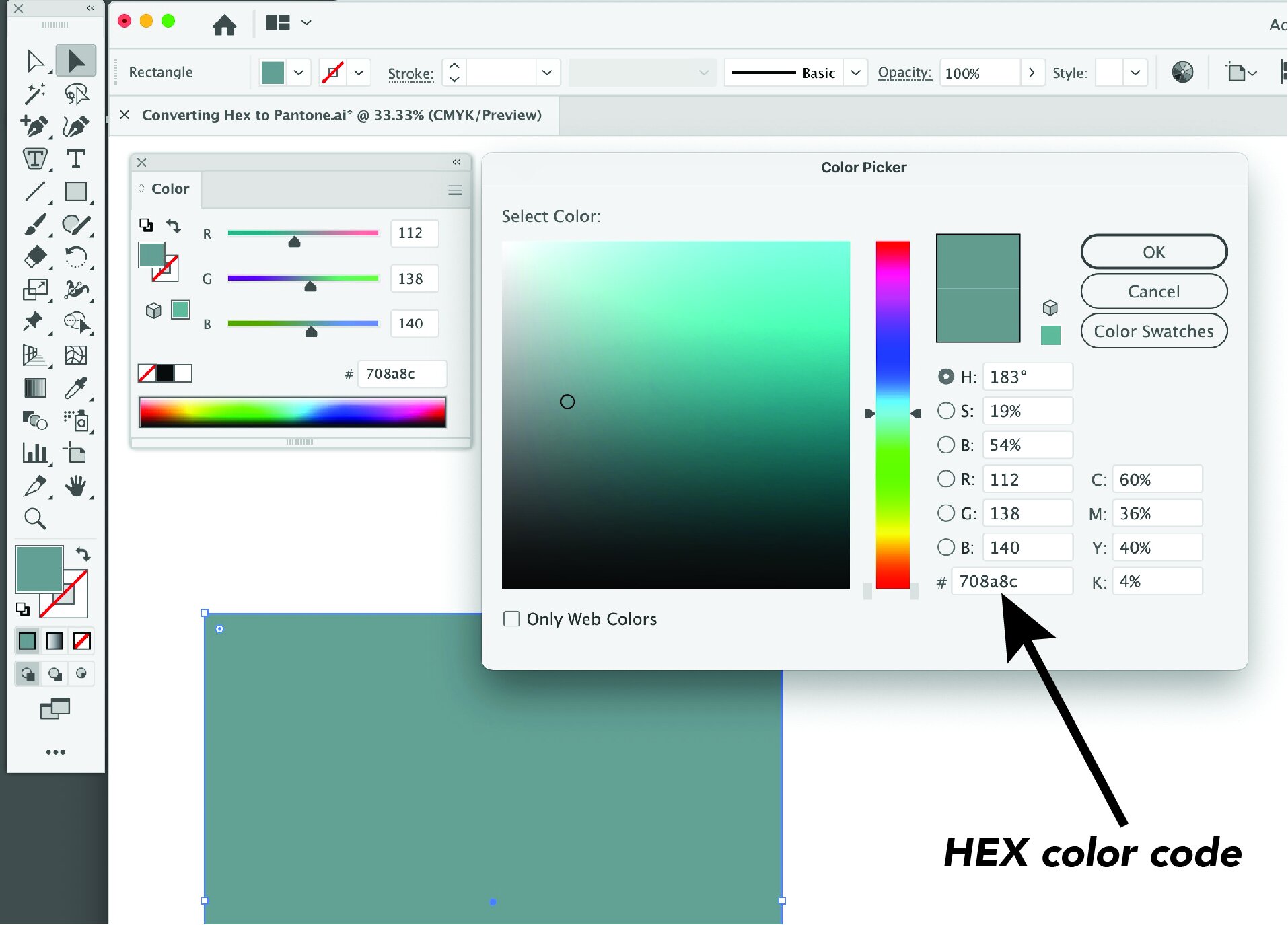Working with HEX Colors
2020 Color Evolution, compiled from The Textile Eye’s 2020 color reports within each edition.
The Textile Eye reports use HEX numbers to identify colors. Here is a quick guide to best practices in using and converting HEX colors.
WHAT IS A HEX CODE?
HEX, short for hexadecimal, is essentially a six-digit code that tells a computer the RGB numbers necessary to display a color. There are over 16 million possible colors that can be expressed using this system.
PRINTED COLORS VS ONSCREEN COLORS & COLOR SYSTEMS
Your computer screen uses RGB colors (RGB is red light, blue light and green light) in specific combinations to create a color. 100% of all of these colors combine to make white.
Your printer uses CMYK colors (CMYK is cyan ink, magenta ink, yellow ink and black ink) in specific combinations to create a color. 100% of all of these colors combine to make black.
Colors will generally display differently from one screen or device to another, and without sophisticated color calibration tools, colors on your screen won’t necessarily match colors on your printer. The same is true when you send something out to print professionally, or to be manufactured.
Systems like Pantone solve this problem: if everyone has the same printed chip, then we can be assured that we are all looking at the same color. There are many other systems in use around the world and across industries, for example RAL (for powder coating), HKS (used in Europe), and DIC (used in Japan). Paint color chips from companies like Benjamin Moore, Sherwin Williams and Farrow & Ball are also used to specify colors.
More info on this complex topic can be found HERE.
HOW TO FIND/USE HEX COLORS IN YOUR DESIGN SOFTWARE
Whatever software you use, there is probably a window where you can type in (or find) a color code.
If you use Photoshop:
And if you use Illustrator:
HEX colors are also commonly used in the graphic design building modules of software like Canva, Mailchimp, Squarespace, etc. You can copy and paste the HEX number into the allotted space in each program to achieve color continuity across programs and platforms.
HOW TO CONVERT HEX TO PANTONE AND OTHER COLOR SYSTEMS
UPDATE 11/1/21: Pantone recently put this tool behind a paywall. I find the yearly subscription to Pantone Connect to be a necessity, though I had been quite happy with the olde method of getting this service for free!
Once you are signed up/signed in, go to Pantone’s color conversion module.
On the top, under the color menu, select on ‘Convert’
Select "‘HEX’
From the Pantone ‘Color Library’ pull-down menu, select the guide you are using.
Type or copy and paste the HEX color number into the provided box and click SEARCH.
The website will give you several options the closest color, you can click through to see details on each color.
You can also look up a Pantone color and see its HEX values (as well as CMYK and RGB).
Pantone’s conversion tools are now behind a paywall.
ENCYCOLORPEDIA HEX to Benjamin Moore and other paint brands.
BEST PRACTICES AND WORKAROUNDS FOR COLOR MATCHING
Since colors look different on screen and from one printed page (or product) to the next, it’s important to use the HEX color conversions as a starting point. Pull the Pantone chip or order the paint color swatch to review the color IRL, and preferably in several different lighting conditions. If you are using the HEX color in your artwork, print a proof from your computer and see if it looks the way you want it to. (You can use your proof along with Pantone colors to specify color to your manufacturer, or you can create a color plate for the manufacturer to match). Adjustments are usually necessary!
My Epson printer is not professionally calibrated, so what a client sees on the screen or what a manufacturer prints from my file will often look different than my proof. My workaround is to develop and print palettes for each of my clients/projects and submit a printed proof to the client for approval; the same proof goes to the manufacturer to match. This allows me to have a set of colors that I can use from one pattern to the next and ensure consistency. (Adobe libraries have made it easier to share these palettes between apps, design files, and team members.)
My workflow sometimes includes using Pantones (especially if requested by a client or manufacturer) but I find the palettes a bit limiting. And for wovens, I will either work from the yarn banks supplied by the mill, or send solid-colored fabric swatches for them to match.
HEX colors in use in a color report from The Textile Eye:
Getting product colorways just right is incredibly important, and all designers have tips and trick to achieve great results. I hope these ideas, along with the palettes in The Textile Eye, will help you create a beautiful range of stunning colorways!





